
Thank you for your support!
As we edge closer to the warmer days of summer, there’s no better time than now to start sprucing up your garden. Gone are the cold, dreary days of winter, and in their place, a perfect opportunity to prepare your outdoor space for the sunny months ahead. Whether you’re a seasoned green thumb or a budding gardener, getting an early start is key to creating a vibrant, flourishing garden that you can enjoy all summer long.
No matter the size of your plot—from expansive lawns to cosy balcony spaces—every little bit of preparation now will make a big difference. We’ll take you through everything from checking the health of your soil to selecting the right tools for the job. This guide is packed with tips to help you plan and perfect your garden’s look and feel, making sure it’s a beautiful, thriving retreat ready for barbecues, sunbathing, and everything in between.
Ready to get started? Great! Let’s dive into the essential steps for turning your garden into the perfect summer sanctuary. Grab your gloves and let’s get to work!
Assessing Your Garden After Winter
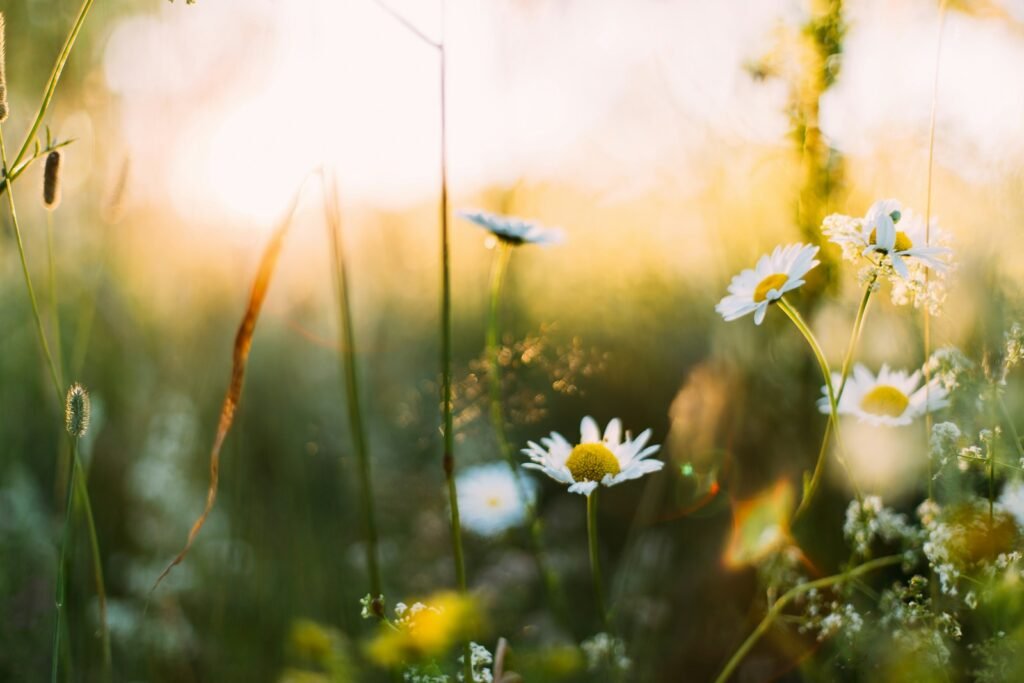
As spring sets in, your garden requires some TLC to recover from the harsh winter months. Here’s how you can assess and prepare your garden soil and plants to ensure they are ready to burst into life as the weather warms.
Check the Soil Condition
Begin by checking the soil’s health. Winter can compact soil and deplete its nutrients, so it’s important to determine what your garden needs to thrive:
- Test the Soil: Use a soil testing kit to measure pH levels and nutrient content. This will guide you on what amendments you might need, such as lime to balance acidity or compost for nutrients.
- Aerate the Soil: Loosen the soil to improve air circulation and water absorption, crucial steps to stimulate root growth. Aerating tools or simply turning the soil with a fork can make a significant difference.
Inspect Plants and Trees
Next, take stock of the plants and trees in your garden:
- Look for Signs of Life: Check perennial plants and shrubs for new buds or shoots, which indicate they’ve survived the winter and are ready for growth.
- Prune Dead Branches: Remove any dead or damaged branches from trees and shrubs to prevent diseases and encourage new growth.
Address Drainage Issues
Winter weather can often lead to waterlogged soil, which can be detrimental to plant health:
- Identify Puddles: After a rain, look for areas where water gathers. These spots may need better drainage solutions, such as adjusting the landscape contour or installing drainage pipes.
- Improve Drainage: Incorporating coarse sand or organic matter can help enhance soil drainage and prevent water buildup.
Tidy Up the Garden
Finally, a general tidy up will set the stage for your gardening activities:
- Clear Debris: Remove leaves, twigs, and other debris that have accumulated over the winter. This not only cleans up your garden but also minimizes the risk of pest infestations and diseases.
- Weed Out Early Growers: Early spring is the best time to tackle weeds. Removing them before they set seed will save you a lot of trouble throughout the season.
Taking the time to properly assess and prepare your garden after winter sets a solid foundation for a lush, healthy garden in the summer months. With the groundwork laid, you can look forward to planting, designing, and enjoying your outdoor space as it comes to life!
Essential Gardening Tools for a Summer Ready Garden
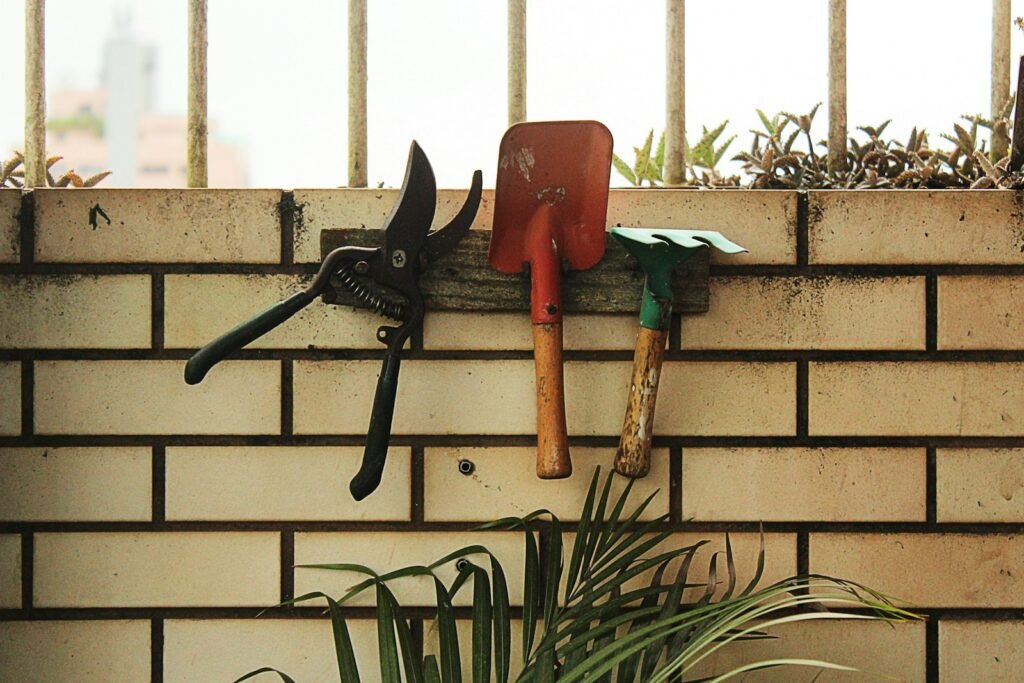
Having the right tools at your disposal can make all the difference in efficiently preparing and maintaining your garden throughout the summer. Here’s a rundown of the essential gardening tools that every gardener should consider to ease their gardening tasks and enhance productivity.
Essential Hand Tools
- Secateurs: Ideal for pruning and trimming plants, a good pair of secateurs is indispensable. Look for ones with comfortable handles and a sharp, durable cutting blade.
- Garden Fork: This tool is essential for turning soil, breaking up compacted areas, and integrating soil amendments. Choose a fork with strong, sharp tines and a sturdy handle.
- Trowel: A sturdy trowel is crucial for planting, transplanting, and potting plants. Opt for one with a comfortable grip and a robust metal blade.
Long-Handled Tools
- Spade: A good spade is necessary for digging, especially for larger projects like creating new beds or planting trees. Ensure it has a sharp edge and a handle that suits your height to prevent back strain.
- Hoe: Useful for weeding and breaking up soil, a quality hoe can save you time and effort. Select a model with a sharp blade and a long handle to cover more area with less effort.
Watering and Feeding Equipment
- Watering Can: A watering can with a detachable rose allows for gentle watering that won’t disturb the soil or seedlings. For larger gardens, consider also having a hose with a variable spray nozzle.
- Fertiliser Spreader: If you have a large lawn or garden area that requires regular feeding, a fertiliser spreader can provide even distribution and save time.
Specialised Tools
- Kneeler and Seat: Gardening can be tough on the knees and back. A garden kneeler that doubles as a seat can be a great investment for comfort during longer gardening sessions.
- Wheelbarrow: For moving soil, mulch, plants, and other heavy items around your garden, a wheelbarrow is essential. Choose one that is durable but not too heavy to maneuver.
Technological Aids
- Soil Moisture Meter: This tool can help you monitor soil moisture levels, ensuring that you’re not over- or under-watering your plants.
- Garden Planner App: Technology can assist in planning and tracking your garden’s progress. Many apps offer features like planting schedules, pest tracking, and daily gardening tips.
Equipping yourself with these tools will not only make your gardening more enjoyable but also more effective. With your toolkit ready, you’ll be well-prepared to tackle all the tasks your garden will need from now until summer.
Choosing the Right Plants for Your Garden
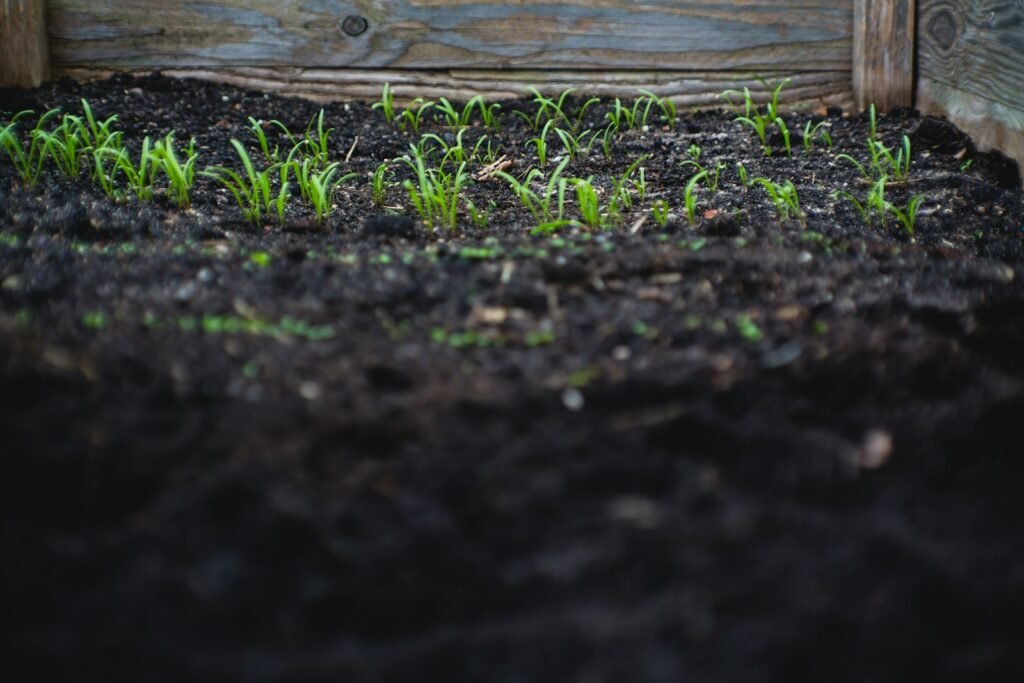
Selecting the right plants is crucial for creating a vibrant and thriving garden. Understanding which plants are best suited to your garden’s conditions and your aesthetic and functional needs can make your gardening efforts both rewarding and enjoyable. Here’s how to pick the perfect plants for your summer garden.
Consider the Local Climate
- Understand Hardiness: Know your garden’s hardiness zone to choose plants that can thrive in your local climate. This information is vital for perennials, trees, and shrubs.
- Account for Weather Patterns: Consider typical summer conditions such as rainfall and heat levels. Opt for drought-resistant plants if summers are typically dry in your area.
Analyse Your Garden’s Conditions
- Sunlight: Observe how much sun different parts of your garden receive and choose plants accordingly. Full-sun plants need at least six hours of direct sunlight per day, while shade plants prefer less.
- Soil Type: Match your plants to your soil type—whether it’s sandy, clay, loam, or chalky. Each type influences water retention and nutrient availability differently.
Functional and Aesthetic Considerations
- Design Goals: Decide if your garden is more for aesthetics, functionality, or a mix. For beauty, consider varying colours, textures, and heights. For functionality, you might choose fruits, vegetables, and herbs.
- Maintenance Level: Be realistic about how much time you can dedicate to garden maintenance. Opt for low-maintenance plants if your time is limited.
Attracting Wildlife
- Support Local Wildlife: Plant native species to provide shelter and food for birds, bees, and butterflies. Native plants are typically well-adapted to the local environment and require less care.
- Include Pollinator-Friendly Plants: Flowers like lavender, foxgloves, and sunflowers attract pollinators, which are essential for a healthy garden ecosystem.
Sustainable Gardening Choices
- Go Organic: Consider organic plants and seeds to avoid introducing harmful chemicals into your garden. Organic gardening promotes healthier soil and plants.
- Choose Perennials: Perennials come back year after year, which can be more sustainable than planting annuals each season.
Taking the time to carefully select the right plants for your garden not only enhances its beauty and productivity but also ensures that your garden is sustainable and easy to maintain. With these considerations in mind, you can create a garden that not only looks great but is also a haven for you and local wildlife. Next, we’ll look into how to keep that lush green lawn in tip-top condition all summer long.
Lawn Care Tips for a Lush Green Space
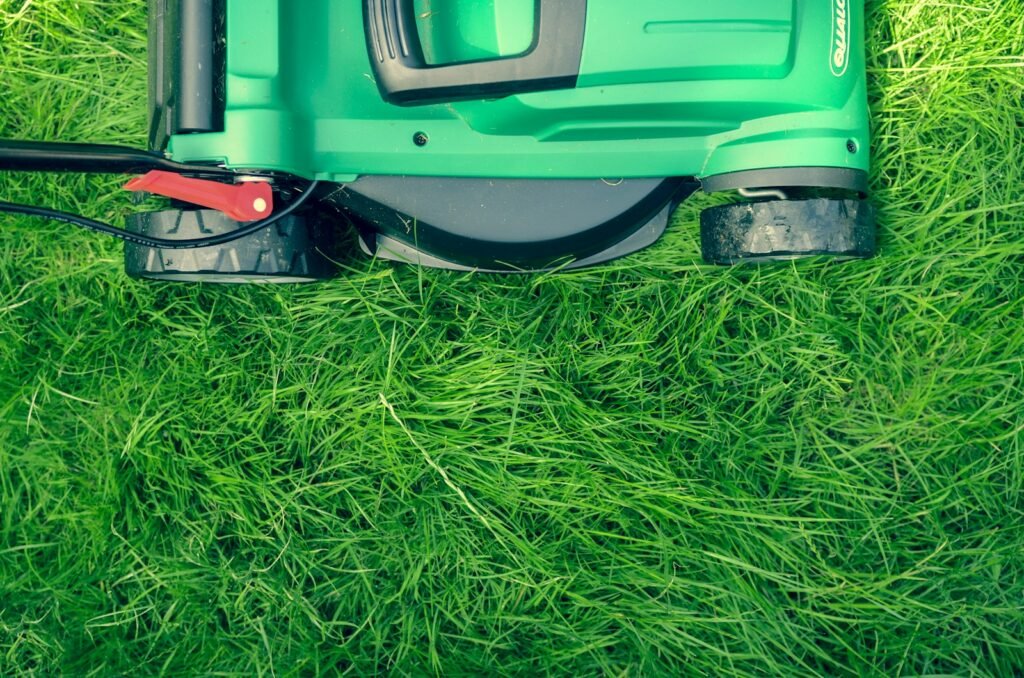
A well-maintained lawn serves as the foundation of any garden, providing a vibrant green canvas that enhances the beauty of your flowerbeds and outdoor spaces. Here’s how you can keep your lawn lush and healthy throughout the summer months.
Start with the Basics: Mowing
- Mow Regularly: Keeping your grass at an ideal height encourages healthy root development and prevents weeds from taking hold. The exact height can vary by grass type, but a general rule is to cut no more than one-third of the grass blade at a time.
- Choose the Right Mower: Ensure your mower has sharp blades for a clean cut, which helps prevent disease. Consider the size of your lawn and your physical comfort when choosing between push, electric, or petrol mowers.
Watering Wisely
- Water Deeply and Infrequently: This encourages deeper root growth, which is essential for drought resistance. Aim for about an inch of water per week, including rainfall.
- Best Time to Water: Early morning is ideal as it allows water to soak in before the heat of the day and reduces evaporation.
Feeding Your Lawn
- Use the Right Fertiliser: Choose a fertiliser that matches your soil’s needs. Slow-release nitrogen fertilisers are often recommended for sustained growth.
- Fertilising Schedule: Apply fertiliser in early spring and late summer to support growth peaks. Avoid over-fertilising, which can lead to rapid, weak growth and increased disease susceptibility.
Aerating and Scarifying
- Aerate Your Lawn: This involves making small holes in the soil to allow air, water, and nutrients to penetrate the grass roots. Aerating helps relieve soil compaction and promotes root growth.
- Scarify if Necessary: If your lawn develops a thatch layer (a build-up of organic matter above the soil), scarifying (raking) can help remove it and improve the health of your lawn.
Dealing with Weeds and Pests
- Regular Monitoring: Keep an eye out for signs of weeds or pest problems. Early intervention can prevent them from becoming major issues.
- Natural Weed Control: Pull weeds by hand or use a weeding tool to remove them roots and all. For a natural herbicide, vinegar can be effective for some types of weeds.
- Pest Management: Identify pests before treating. Natural remedies, like nematodes for grub control, can be effective without harming the environment.
By following these tips, your lawn can remain a lush, inviting feature of your garden all summer long. Not only does a healthy lawn improve the overall look of your home, but it also creates a cooler, cleaner environment for outdoor activities. In the next section, we’ll explore how to implement your garden layout and design ideas to maximize the aesthetic and functional potential of your garden.
Implementing a Garden Layout and Design

Creating a well-thought-out garden layout is crucial for maximizing both the beauty and functionality of your outdoor space. Here’s how to plan and implement a garden design that suits your lifestyle and enhances your home’s appeal.
Define Your Garden Zones
- Functional Areas: Consider dividing your garden into areas based on their intended use. For example, you might have a vegetable patch, a seating area, a play area for children, and decorative flower beds.
- Visual Balance: Achieve a harmonious balance by considering the size and shape of each area. Use pathways, borders, and plant heights to create an aesthetically pleasing flow.
Choose a Design Theme
- Consistent Style: Whether you prefer a formal garden, a cottage garden, or a modern minimalist space, sticking to a consistent style helps unify your garden’s look.
- Theme Elements: Incorporate elements that reinforce your chosen theme, such as specific plant types, decorative pieces, and materials. For a cottage garden, for example, you might choose traditional flowers like roses and lavender, and use rustic materials like wood and wrought iron.
Plan for Growth
- Spacing: When planting, consider the mature size of plants to avoid overcrowding and competition for resources.
- Succession Planting: Plan for plants that bloom at different times throughout the season to maintain color and interest from spring to autumn.
Utilise Vertical Space
- Vertical Gardening: Make use of vertical space with trellises, climbing plants, and hanging baskets to add depth and layers to your garden.
- Structural Plants: Tall plants or architectural features like arbors can create focal points and height in your garden.
Incorporate Pathways
- Functional and Decorative: Pathways not only guide movement throughout the garden but also contribute to the overall design. Choose materials that complement your garden’s style, such as gravel for a rustic look or sleek paving for a modern feel.
- Accessibility: Ensure pathways are wide enough for comfortable passage and consider their accessibility for all users, including those with mobility issues.
Use Technology to Assist in Design
- Garden Design Software: Use design software or apps to visualize your garden layout. These tools can help you experiment with different arrangements without physical effort and provide a preview of the finished garden.
Implement Sustainable Features
- Eco-friendly Practices: Incorporate sustainable elements like rain gardens, permeable paving, and native plants that require less water and maintenance.
- Wildlife Attraction: Design areas specifically to attract wildlife, such as bird feeders, insect hotels, and native shrubs that provide food and shelter.
By thoughtfully designing your garden, you can create a space that is not only beautiful and functional but also a true extension of your home. This space will serve as a sanctuary for relaxation, play, and entertainment, reflecting your personal style and meeting your daily needs. Next, we’ll delve into how to maintain these beautiful spaces sustainably to ensure they thrive and remain vibrant all season long.
Sustainable Gardening Practices

Adopting sustainable gardening practices is not only beneficial for the environment but also enhances the health and longevity of your garden. Here’s how you can implement eco-friendly methods to ensure your garden thrives in harmony with nature.
Composting
- Create a Compost Bin: Start composting kitchen scraps, yard waste, and other organic materials. Compost improves soil structure, adds nutrients, and helps retain soil moisture.
- Use Compost in Your Garden: Apply compost to your garden beds to enrich the soil and promote healthy plant growth.
Water Conservation
- Collect Rainwater: Install a rain barrel to collect and store rainwater. Use this water for your garden, which is not only cost-effective but reduces your reliance on treated tap water.
- Drip Irrigation: Consider setting up a drip irrigation system for efficient water use. It delivers water directly to the plant roots, reducing waste and minimizing evaporation.
Choose Native Plants
- Plant Natives: Native plants are adapted to your local climate and soil, requiring less water, fertilizers, and pesticides. They also provide essential habitat for local wildlife.
- Promote Biodiversity: Diverse plantings encourage a healthy ecosystem by attracting beneficial insects, birds, and other wildlife.
Natural Pest Management
- Encourage Beneficial Insects: Plant flowers and herbs that attract natural predators of common garden pests. For example, ladybugs and lacewings feed on aphids.
- Use Organic Pest Controls: If pests become a problem, opt for organic pest control solutions before resorting to chemicals. These are less harmful to the environment and non-target organisms.
Soil Health
- No-Till Gardening: Minimize or eliminate tilling to preserve soil structure, prevent erosion, and protect soil organisms.
- Mulching: Apply organic mulches around plants to conserve moisture, suppress weeds, and add nutrients as they decompose.
Reduce Chemical Use
- Avoid Synthetic Chemicals: Use natural fertilizers and pest controls whenever possible. Synthetic chemicals can harm wildlife and leach into water sources.
- DIY Remedies: Experiment with homemade solutions like neem oil or soap sprays to handle pests and diseases.
Sustainable Landscaping
- Lawn Alternatives: Consider reducing your lawn area and replacing it with ground covers, gardens, or native grasses that require less maintenance and water.
- Permeable Paving: Use permeable materials for paths and patios to allow water to soak into the ground and reduce runoff.
By integrating these sustainable gardening practices, you not only create a more resilient and thriving garden but also contribute positively to the local environment and global ecology. Your garden will become a showcase of how beauty and functionality can go hand-in-hand with ecological stewardship. Next, we will explore how to prepare for common garden pests and issues, ensuring your garden remains healthy and vibrant throughout the growing season.
Preparing for Garden Pests and Common Issues
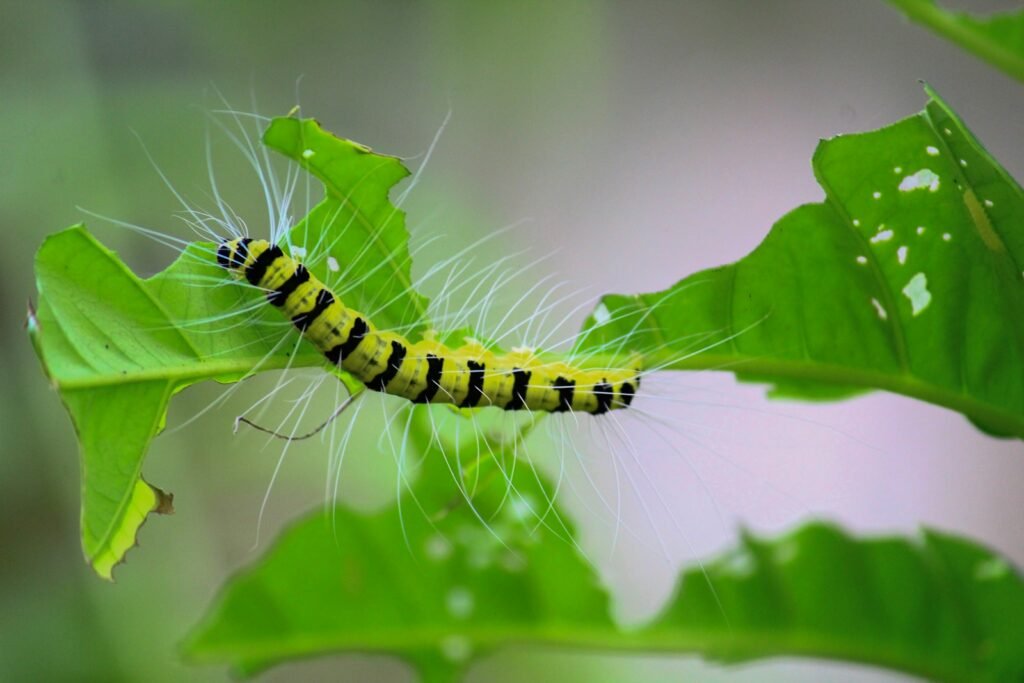
Every gardener faces challenges from pests and diseases at some point. Being prepared and proactive can help you manage these issues effectively, keeping your garden healthy and thriving. Here are some strategies for dealing with common garden pests and problems.
Identify Common Pests and Diseases
- Learn About Local Pests: Familiarize yourself with the pests that are common in your area and the signs of their presence. Aphids, slugs, snails, and various fungal diseases are typical in many gardens.
- Early Detection: Regularly inspect your plants for early signs of infestation or disease. Catching problems early can make them much easier to manage.
Natural and Preventive Measures
- Cultivate Health: Healthy plants are less susceptible to pests and diseases. Ensure they have the right soil conditions, nutrients, and moisture.
- Crop Rotation: If you grow vegetables, rotate your crops each year to prevent soil-borne diseases and reduce pest buildup.
- Physical Barriers: Use nets, row covers, or collars around plants to physically prevent pests from reaching them.
Biological Control
- Beneficial Insects: Introduce or attract beneficial insects such as ladybirds, bees, and butterflies which can help control pest populations naturally.
- Nematodes and Predatory Mites: Use these biological agents to target specific pests like slugs or spider mites without harming other garden inhabitants.
Organic Pesticides
- Selective Use: If natural methods are not sufficient, consider using organic pesticides as a last resort. Always follow the application instructions carefully to minimize any negative effects.
- Homemade Remedies: Try homemade sprays such as garlic or chilli pepper mixtures, which can deter pests without harming your plants.
Managing Weeds
- Mulching: Apply a thick layer of mulch around plants to suppress weed growth and retain soil moisture.
- Hand Weeding: Regularly remove weeds by hand or with a hoe before they can establish and spread.
Regular Maintenance
- Pruning: Keep plants pruned and thinned out to improve air circulation, which helps prevent fungal diseases.
- Sanitation: Clean up fallen leaves and debris where pests and diseases can harbor.
By implementing these strategies, you can reduce the impact of pests and diseases on your garden, ensuring it remains a lush, productive, and beautiful space. Maintaining vigilance and adopting a combination of preventive and active measures will help you enjoy a healthy garden throughout the growing season.
Conclusion

As you embark on your gardening journey this summer, remember that the key to a successful garden lies not only in the beauty of its blooms but also in the health of its ecosystem. By following the comprehensive steps outlined—from assessing and preparing your garden post-winter, to choosing the right plants and tools, caring for your lawn, designing your space, embracing sustainable practices, and managing pests—you’re setting up your garden for a season full of growth and vitality.
Gardening is a rewarding activity that nurtures not just your plants, but also your own well-being. It connects you with nature and provides a sense of accomplishment as you watch your garden thrive. Whether you’re a novice just starting out or an experienced gardener looking to refine your skills, the tips provided here will help you create a garden that is not only a joy to behold but also a haven for the local wildlife and a testament to sustainable practices.
We hope this guide inspires you to get your hands dirty and your garden flourishing. Remember, every little effort counts when it comes to making your outdoor space a more beautiful and environmentally friendly place. Happy gardening!
If you found this guide helpful, don’t forget to share it with fellow gardening enthusiasts. For more gardening insights and tips, and many other topics, keep following our blog and join our community of green thumbed consumers. Here’s to a bountiful and beautiful summer garden!
Disclaimer: This post may include affiliate links, which means we could earn a small commission if you make a purchase through these links, at no additional cost to you. This helps support our blogging activities and allows us to continue bringing you valuable content. Thank you for your support!

